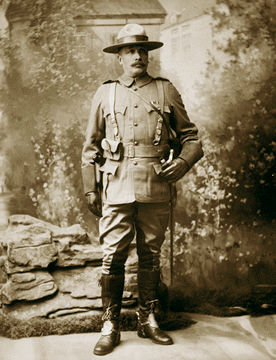Article
Fort Liard
Fort Liard, NWT, incorporated as a hamlet in 1987, population 536 (2011c), 583 (2006c). The Hamlet of Fort Liard is located on the south bank of the Liard River, 544 km by air southwest of Yellowknife and about 25 km north of the BC border.










